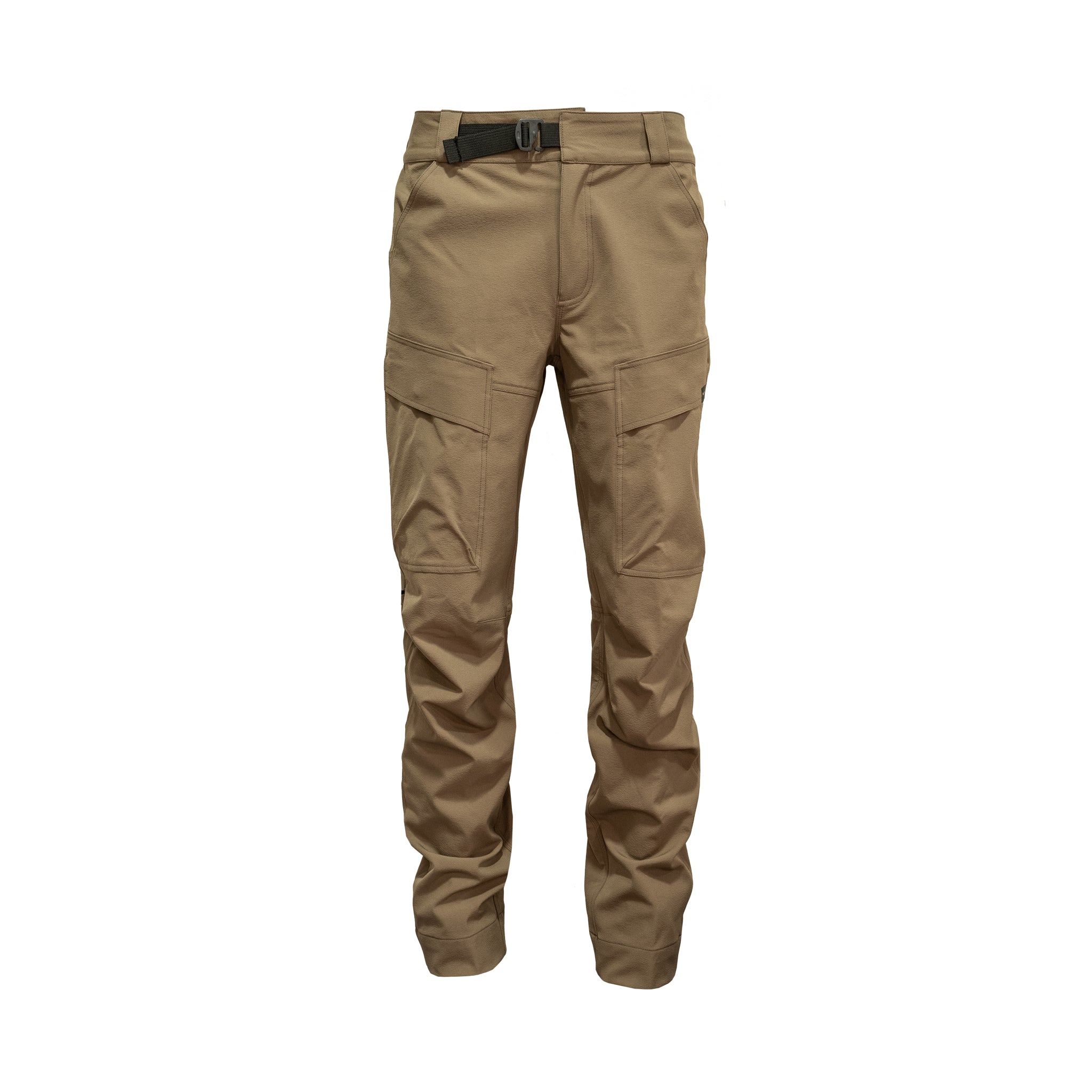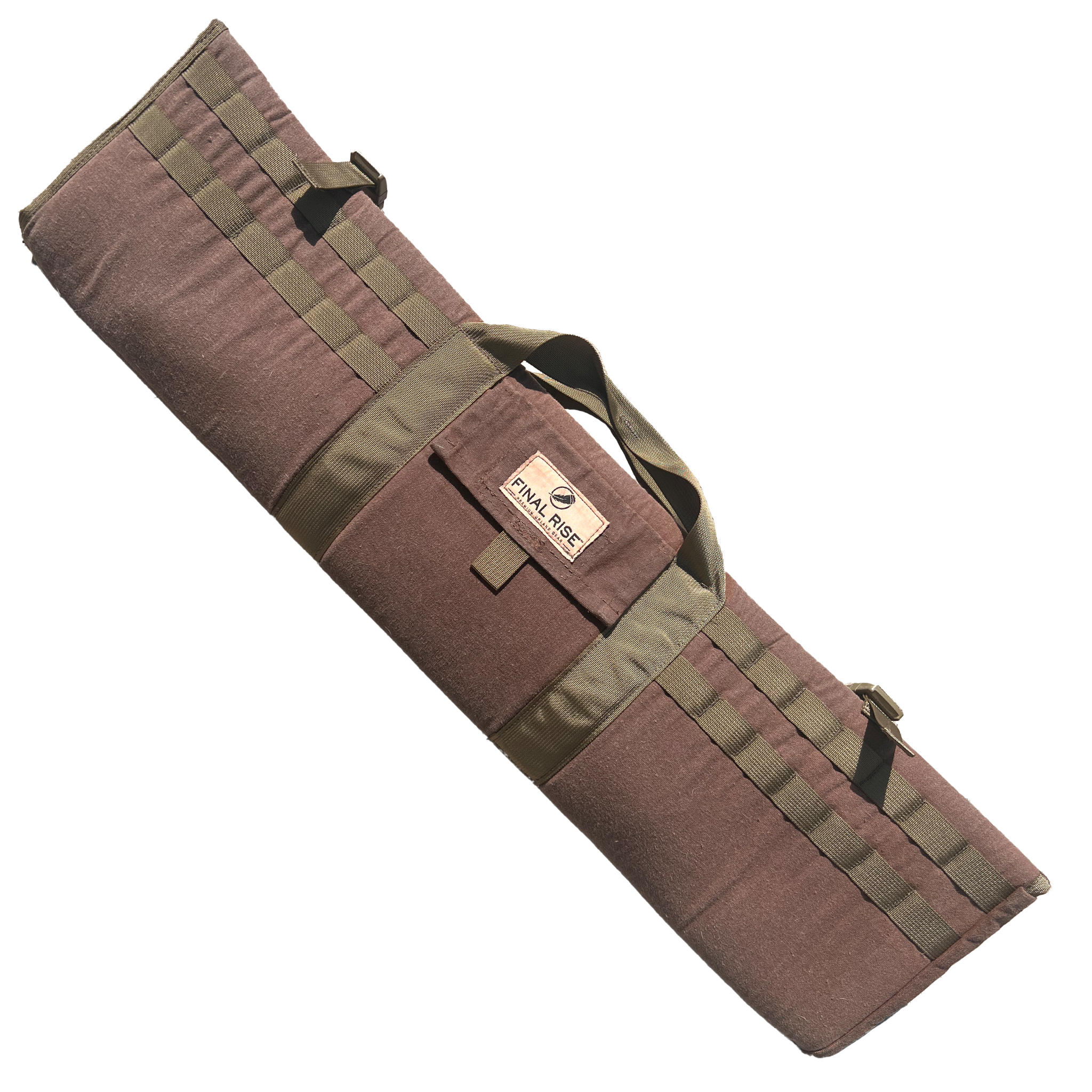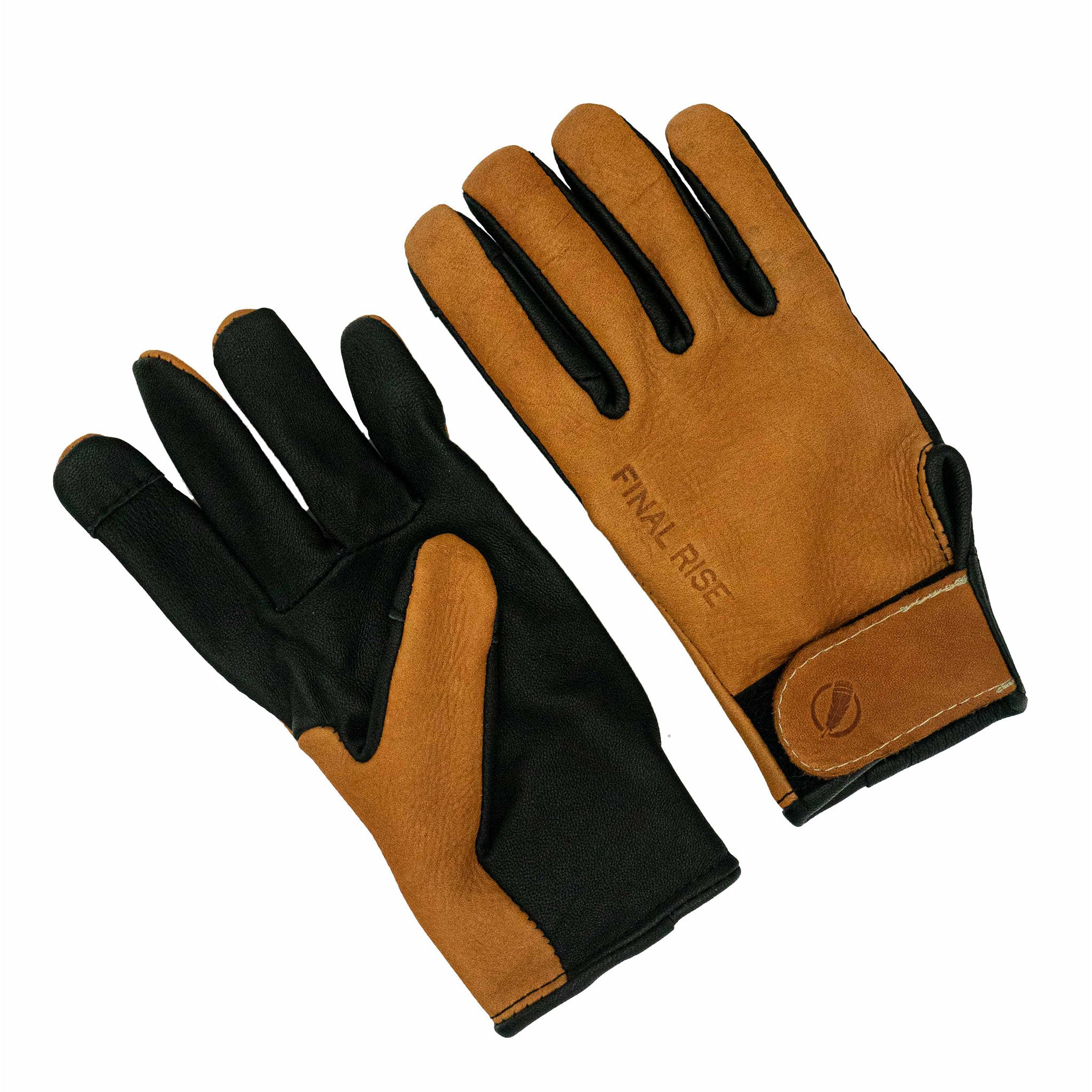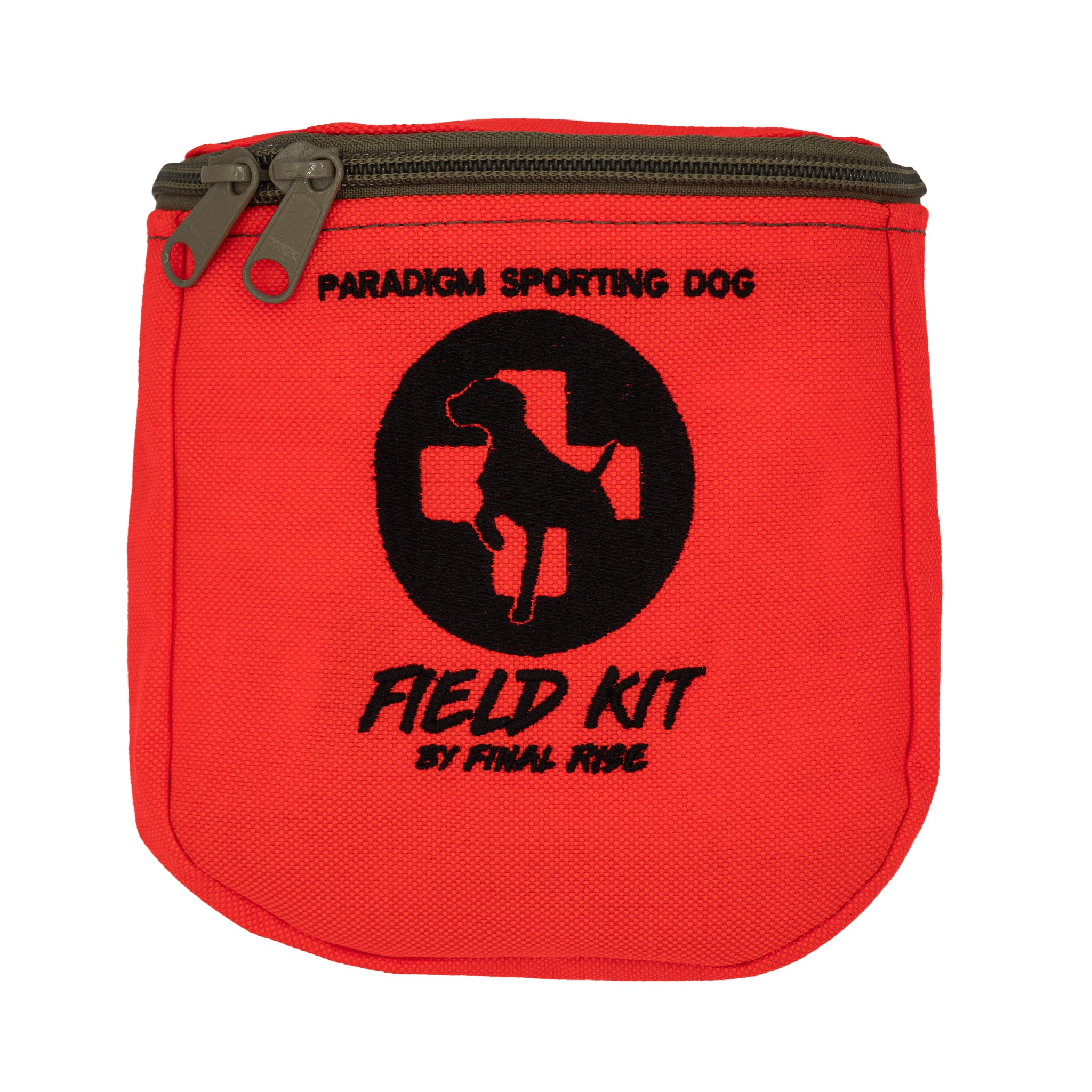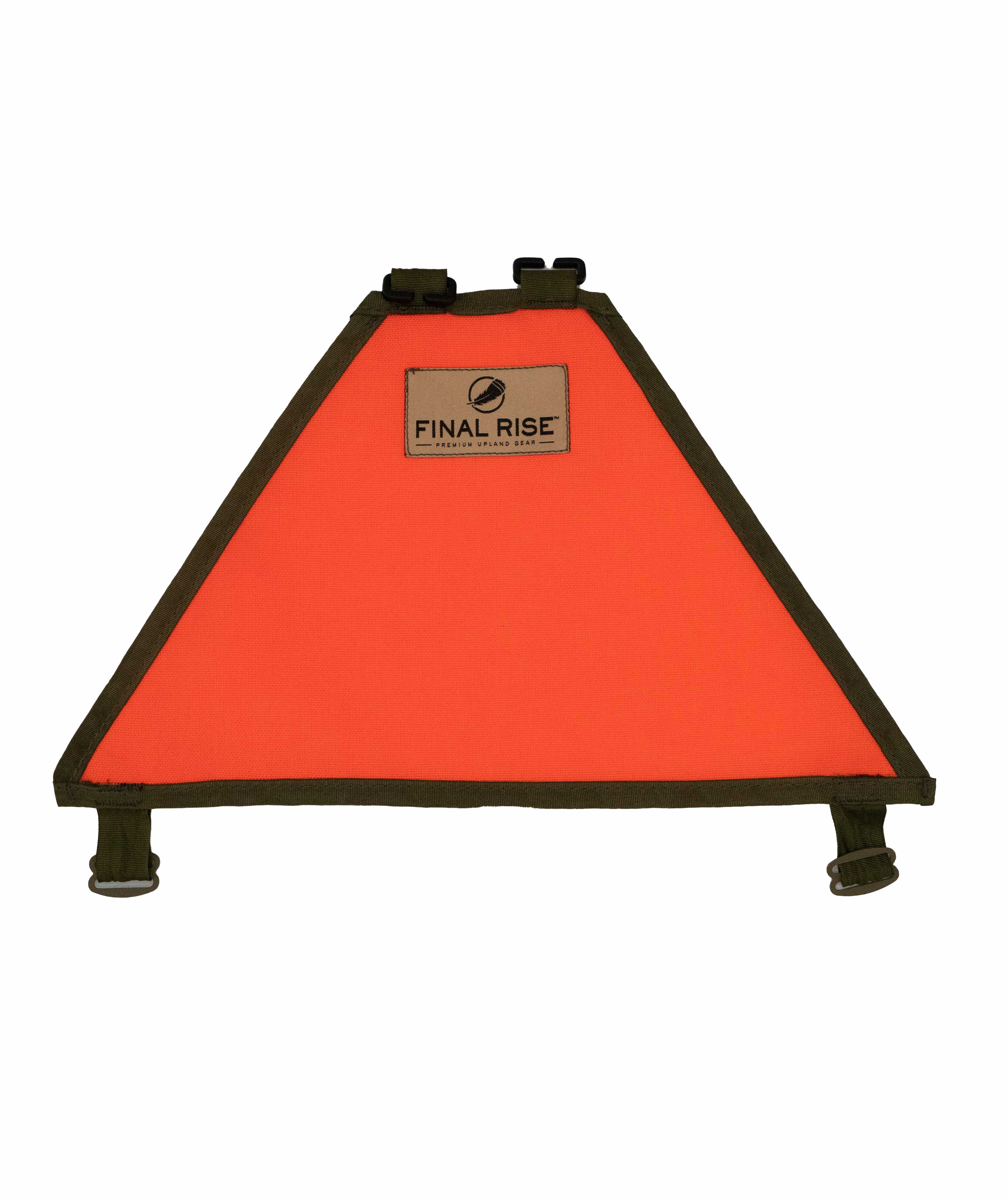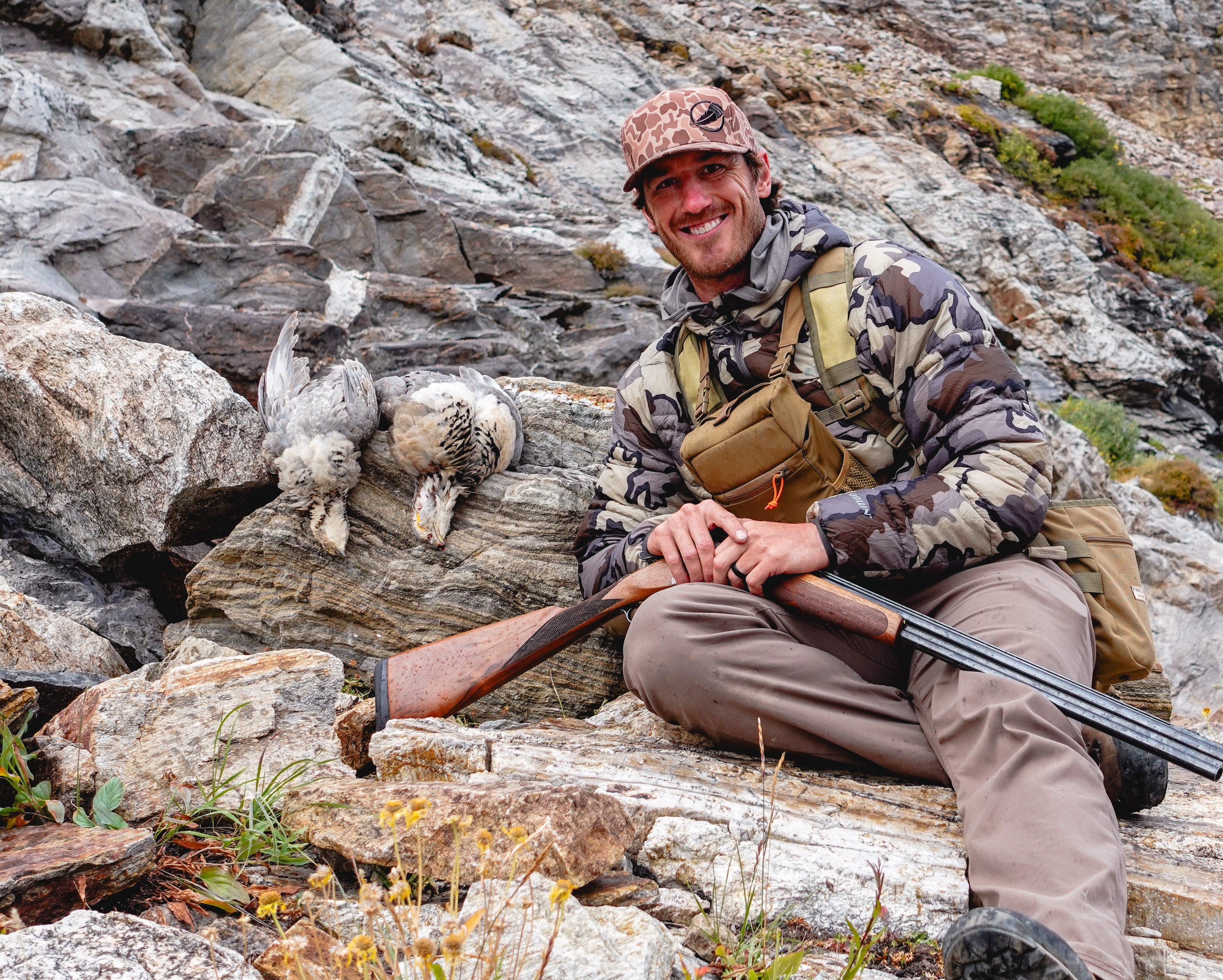
Hunting Snowcock in Nevada - Tips for Finding Success

Several years ago I joined two of my hunting buddies Derek and Alan for my first venture into the Ruby range of Nevada to hunt the infamous Himalayan Snowcock. Success was had and amazing memories were made.
One of the coolest aspects of hunting these birds is that there is VERY limited information on them and the majority of what you'll read, that's been published in recent years, is regurgitated content from a handful of old articles.. simply put, the success rate is very low, the birds aren't studied at all and the guys that have gone and been successful don't share a lot of intel. A solid challenge for anyone who loves adventure!
Fast forward a few years, after checking other 'boxes' on the bucket list of birds, we returned for yet another early September hunt to try our luck again. Lady Luck shined once again and we were able to take 3 birds over the course of 3 days of hunting.
In total, between Derek, Alan and myself, we've taken 7 birds over 3 trips, averaging a little over 2 birds per hunt. A few more than the A.I. 'writers' putting out 'how to' articles these days. I hope this information is helpful if you decide to go chase these amazing birds!

Where to Start:
- E Scouting - Some quick googling will quickly let you know that only the Ruby Range of the Nevada hosts these birds. If you're familiar with OnX Mapping, Google Earth and some of the other 'e-scounting' tools, look to explore the tallest elevation ranges you can hike to. Expect to hike 6-7 miles to get there and do 3-5K in vert. It is VERY physically demanding and more like backcountry deer hunt than any traditional upland hunt.
- Water - Within searching for high elevation, pay attention to where there's snow in the late summer and early into August and September. Snow equals water and water equals life.. They don't call them Himalayan SNOWcock for nothing..hint hint. Plus you're going to need drinking water and I'd rather filter run-off than pack in water for a few days.
- Find large steep faces. The Snowcock live/roost in places that you likely cannot climb. Watching these faces with binoculars in the early mornings, listening as much as watching, you'll see them jump from the tops and pitch to faces to feed (usually snow if it's around) - **TIP - These birds hardly flush 'up' the mountain. They pitch and soar. Getting below them is ideal as they will flush over the top and put contrast against the blue skies. It makes for much easier shooting.

Gear to Consider:
- Good Footwear. If you watch any online upland groups, you'll see 'what boots do I get' get asked more than anything. There's many premium boots being offered but I've personally enjoyed the CRISPI boots over the past 6-7 years. They keep my feet dry, comfortable and hold up to the long days I spend on my feet each hunting season. Your feet are everything in the mountains and should be taken care of accordingly.
- Binoculars. You'll notice in both Snowcock hunting articles that are on this blog that I always wear binoculars. They've paid dividends when locating birds and being able to keep track of them as I made my approach. Without them, I can say with assurance that I wouldn't have 3 birds under my belt.
- A Good Field Gun. I chukar hunt 50+ days a year and Snowcock hunting is harder on my guns than any chukar hunting I do. Crawling, sliding and setting my gun up on boulders as I climb the mountains isn't normally how I handle a gun. Take something you don't mind scratching.
- TSS Shotshells. This was a theory I tried this year, as well as Derek and Alan, and while they are VERY expensive to buy, the shell is what does the killing of the bird and if the difference between bringing a bird home or watching it sail away wounded is the shell, to me they're worth every penny. My first trip I used 20 gauge turkey lead loads. It took 2 shots at under 40 yards to knock the bird down for good. They are TOUGH. This year, I shot 2 birds back to back ( one on the ground and one on the wing) and it was lights out on both shots. I know for a fact TSS is worth having in my gun when I'm chasing Snowcock.
- A Good backpack or vest. Shameless plug.. of course we've worn FINAL RISE vests on our hunts. I actually used a Sidekick on this hunt as I simply needed to carry my water, 4-5 shells, food and a layer or two.. plus birds. The Sidekick was perfect as it was light, minimal and it carried the 2 birds back to camp with ease.

How to Hunt:
- Early bird gets the worm in the mountains so if you're wanting to have a productive day, getting to a good glassing knob to watch, listen and hopefully see the birds as they pitch down from their roosts is ideal. These birds are VERY vocal so if you aren't hearing them, they're not there and you should move after an hour or so of listening.
- Stay mobile. If you don't hear them, they likely aren't there and you need to find another draw or canyon to look into. There's no shortcuts in the Ruby Range so be ready to walk and if you don't have good, legit mountain boots, get them. These birds can fly miles if they want and one day they can just show back up.
- On the note of them being able to 'just show up' it's good to be able to check the same spots that can hold them each day. It takes lots of walking but you can't hunt what you can't find, see or hear. Having a Plan A, B and C in the queue can help keep you productive in your hunt.
- Hunt All Day. Stay in the field and be in areas that we've discussed in this article. There is always a chance birds get bumped by hikers, hunters or just decide to change zip codes. If you aren't in the red zones, and are sleeping at camp, you may as well have not put in the work to get there and just go home.
How to get a shot:
- Use the typography and terrain. Like stalking a mule deer, elk or anything else on the ground, it's about staying out of sight and cutting the distance. Often times there isn't ample cover from trees, but you can use the land to hide your approach.
- Get on their elevation before cutting distance. The Snowcock will pitch, land and move up the mountain 9 time out of 10. Putting yourself on their elevation as you begin to close in for a shot gives you the largest margin of error if they move up or down during your stalk.
- Shoot them on the ground. Yes, I said it. Ground pound them. These are TOUGH birds and if they take flight there is a very good chance that you won't get a successful mark on them hitting the ground and you won't recover the bird. Yes, I've seen them taken on the wing but the ground swat is a far more successful way to shoot these birds.
Summary:
The right gear, good physical conditioning and 'go-gettum' work ethic are truly the 3 biggest factors to bagging these birds. They truly can be found in an array of places on the Ruby range so if you're willing to put in the work, hunt hard and take some failures on the chin here and there, you're cut out for it.
We hope if you venture into these mountains that you'll stay safe, be smart and find success. Good luck out there, friend!


